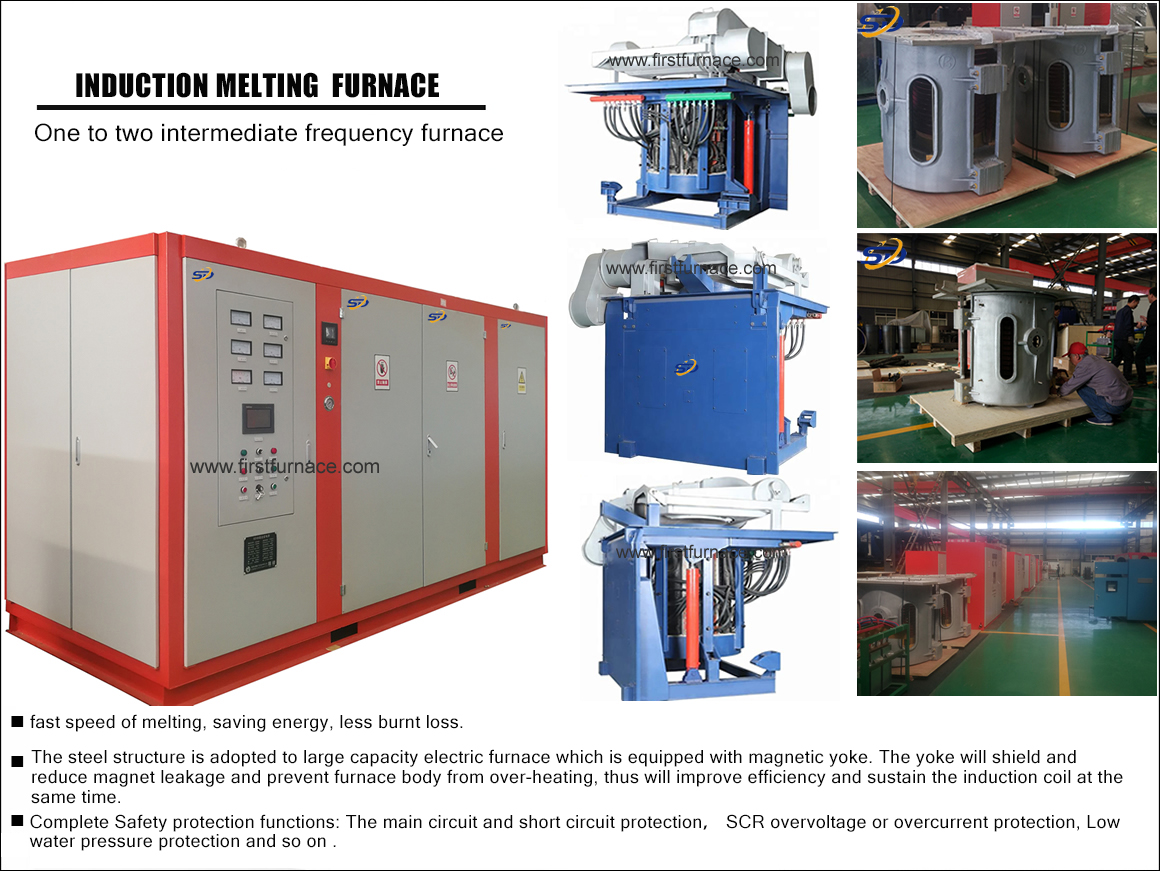Contact
Tel: 18037961302
Sales hot line ( 24 hours service): 18037961302
Sales hot line ( 24 hours service): 18037961302
E-Mail: firstfurnace@gmail.com
whatsapp:+8618037961302
Adress: Luoxin Industrial Park, Luoyang, HenanLarge diameter steel pipe quen
Piston rod quenching and tempe
Grinding rod quenching and tem
High frequency induction heate
Quenching equipment for machin
Round steel end heating furnac
Steel pipe heat treatment prod
Square steel quenching and tem
Sucker rod quenching and tempe
Thickened petroleum steel pipe
Round steel quenching and temp
Steel pipe quenching and tempe
Steel plate quenching and temp
Induction Hardening Machine&nb
Flywheel ring gear high freque
Electric furnace technical parameters(参数)
What are the common problems in the operation of medium frequency induction furnaces? how to respond?
1, element burning loss is too large
In the medium frequency induction furnace, the burning loss of easily oxidized elements such as Si, Mn and Cr is more than 3% to 5%. Excessive burnout, fluctuations in the chemical composition of cast iron, will inevitably lead to a series of organizational and performance problems. The element is burnt out, which usually occurs when the melting time is too long and the slag protection is not noticed. If the amount of scrap steel is large, the material is light and thin, and the furnace material is rusted with water, and the problem is more serious. The way to avoid excessive element burnout is:
(1) The charge should be as clean as possible, the shape should not be forked, and the size should not be too large or too thin.
(2) Eliminate the material and create all conditions for fast melting.
(3) In the early stage of smelting, slag should be formed in time, and slag should be covered at high temperature in the later stage. Give full play to the protection of slag.
(4) If the factory has chips to use, the bottom of the furnace can be laid, and the melting can be added to the molten pool in batches.
2. High oxygen in molten iron
The medium frequency induction furnace does not have the oxidizing atmosphere of the cupola, and since the reaction of [O] and [FeO] in the molten iron and [C] causes the Fe to be protected by C, the dissolved oxygen in the molten iron is not much. However, in order to promote the absorption of the C agent in the late stage of the smelting, the low frequency is often adjusted to enhance the agitation of the molten pool. If the "hump" is too high, the frequency modulation time is too long, the probability of contact between the molten iron and the atmosphere increases, and the dissociated O ions will enter the molten iron. The addition of the material in the late stage of smelting will also increase [O] and [H]. Recently, some insiders have suggested that: [In] insulation at 1500 °C, [O] will not reduce, but improve the point of view for reference. The way to prevent O from being high is:
(1) Do not over-modulate the frequency of the smelting later.
(2) Do not use wet materials and tools later.
(3) Do not overheat the temperature too high, and avoid heat preservation for a long time under high temperature.
3, the amount of iron liquid carbon is lower than expected
When the temperature of the molten iron exceeds the equilibrium temperature, the reaction SiO2+2C=Si+2CO proceeds to the right, causing the iron to drop C and increase Si. Therefore, you can't forget to make up C when you are in the ingredients. To master the amount of C in the factory, make up the amount of C. It should also be reminded that the adjustment of the composition of the gray cast iron should take the order of Mn and then C after Si.
4. After the casting machine is machined, it is found that there are cracked pores.
The fractured pores are characteristic of the N pores. When [N] exceeds the limit, it is easy to occur, and there are many non-metallic inclusions in the molten iron, which is more likely to occur. "The disease comes from the mouth", so it is necessary to limit the amount of scrap steel in the electric arc furnace, the [N] of the electric arc furnace scrap is high, and the converter scrap is not. It is also necessary to prevent the incorporation of N-containing high-alloy steel alloys, such as high-manganese steel, heat-resistant high-chromium ferritic steels and chromium-manganese-nitrogen steels, as well as Austrian steels. Of course, Mn, Cr, N, and Ni brought by these alloy steels are also taboo for ferritic ductile iron. The amount of N in different C agents varies greatly. The amount of N in calcined petroleum coke is much higher than that in artificial graphite C. The N content of some products is compared. The former is 500ppm, the latter is only 20~. 25ppm. The amount of SiC containing N is less than that of artificial graphite, and it is also safe to use. If it is found that the amount of N in the molten iron is high, it should be shut off and treated with Ti (Fe), Al, Zr (Fe) or the like.
It must be stated that the cracked pores are of course protected, but not the lower the N, the better. For gray cast iron, N can shorten the length of graphite, and has a tendency to make the end of the graphite smooth. N dissolves in the solid solution to promote pearlite refinement and increase the amount of pearlite. N also has a gestation effect to promote graphitization. Therefore, soluble N has a value in the use of gray cast iron. In the technical requirements of GE special alloy gray cast iron in the United States, the amount of N is specified to be 60-120 ppm, and Ti is limited to 0.025% or less. When referring to gray cast iron in the automotive industry, Aiken believes that the ideal content of [N] is 95-160 ppm, and points out that Ti, Al, and Zr should not be used for solid N.
5, gray cast iron gestation effect is not good
In some factories, the effect of gray cast iron is not good, even if the inoculant is added, it will not help. This is related to the low content of O and S in the iron of the medium frequency induction furnace. Different data, although the data is different, but very close: [O] <10ppm, <15ppm, around 20ppm; [S] <0.06%, <0.05%, in 0.02% ~ 0.04%. The basic solution is to increase the S by 0.07 to 0.10% with the FeS system. A few factories add O agents in the later stage, such as sponge iron or sintered iron or chips, so that [O] can reach 30ppm or more. There are also factories that use oxygen sulfur inoculants. These methods are nothing more than the formation of oxysulfide, which acts as a graphite core. It must be pointed out that in the low S molten iron, the formed graphite is relatively easy to disappear. This is probably one reason why the low-S gray iron cast iron is "not gestating".
Regarding MnS, it has long been said that MnS is the core of graphite. However, people observe under the microscope, there is no shortage of light gray blue MnS particles. Therefore, whether MnS is a graphite core, under what conditions can it become a core, and it needs to be empirical. Moreover, gray cast iron often has 0.6% to 1.2% of Mn, increasing S to 0.07% to 0.10%, which is far less than enough to satisfy the balance of Mn=1.73S. Obviously, this S is not for the purpose of balancing Mn, not for the core role of the simple compound MnS. S and O can only form thio compounds with more active elements such as Ba, Ce, Zr, Al, etc. The external core of graphite.
6, spheroidal graphite cast iron grade fluctuations
The spheroidization grade of a company's ductile iron has fluctuated greatly. After analysis and examination, the original molten iron S was 0.0191%, 0.02872%, 0.02399%, 0.02660%, 0.03338%, 0.03885%, 0.01559%, the content fluctuated, and the spheroidization was naturally unstable. Only by strengthening management and stabilizing the original iron liquid S content, the spheroidization level may be stable. Another company, which used a cupola to produce low-chromium grinding balls, later switched to a medium-frequency induction furnace, a low-chromium grinding ball, and a spheroidal iron task. However, the furnace is used together, neither the furnace body nor the furnace is known. The spheroidization reaction has all kinds of light and smoke, and the liquid surface is also "flame", but the casted castings have carbides, the graphite balls are scarce, and the matrix structure is beyond recognition. After rectification and strict charge management, the recycled materials of gray cast iron and ductile iron are no longer mixed, and the furnace body is smelted, and the problem is solved.
7, the number of graphite balls is small, the ball diameter is not uniform
There is spheroidal graphite, indicating that there is no problem with the amount of residual Mg. The problem is that the birth is not good or the pregnancy is declining. If the casting does not produce white mouth, it means that the gap is not big. From the perspective of smelting, the graphite core should be controlled with an artificial graphite C agent. The industry recommends that SiC is better than artificial graphite. It is also pointed out that SiC is light, easy to float, and has a SiO2 film barrier on the surface, which affects dissolution. Therefore, SiC is added during the feeding period. If it is treated by the feeding method, it is necessary to delay the germination after the end of spheroidization, so as not to accelerate the decline.
It is often asked how much the number of graphite balls is appropriate. In the nodular cast iron standard, the number of graphite balls is not specified. According to the 6-level calculation of the size of the graphite, the total number of balls is >150/mm2. The number of graphite balls specified in ADI's process control is not less than 100/mm2.
8, casting processing performance is not good
Machining performance is a complex proposition involving the object being machined, the tool, the cutting process parameters and the operator's perception of the pros and cons of the machining performance. In the case of cast iron alone, the machinability is not good, which may be due to various reasons: 1 There is free cementite. 2 has hard spots (such as phosphide, titanium compound...). 3 There is unmelted FeSi. 4 Ferrite nodular cast iron has a large amount of residual pearlite. 5 In the hot section, due to RE segregation caused by the anti-white mouth, there are many.
9. Spectral analysis, the residual magnesium content is above 0.06%, but the casting has no white mouth.
Generally, medium-thickness parts can be spheroidized with a residual Mg content of 0.035% to 0.045%. Spectral analysis showed that the residual Mg content was above 0.06%, and the metallographic examination showed no white mouth, indicating that the plant spectrum analysis had a problem. Spectral analysis must be calibrated frequently with standard samples and compared by chemical analysis. The preparation and polishing of spectral analysis samples should be done according to the rules. Mg, as well as P, C, and S, are sensitive to the manipulation method and cannot be careless.
10. Ductile iron has low impact toughness
The QTD800-10R in ferritic ductile iron and austempered ductile iron (when required by the manufacturer) has provisions for the minimum impact energy of V-notch specimens. If the impact energy does not meet the requirements, it must be scrapped. Determining their chemical composition is critical. Taking QT350-22L and QT400-18L in ferritic ductile iron as an example, low P and low Mn are required, and the amount of Si is correspondingly limited. These professional issues are omitted here. From the perspective of smelting, it should be: 1 use carbon scrap steel, and use a certain amount of high-purity pig iron for casting. 2 According to the above tips, do the four aspects of the quality control of molten iron. 3 pre-treatment of the furnace. This will prevent it from happening.
11, there are unexplained problems
Sometimes, I feel that the flaws in the production have not changed, but the castings have gone wrong. How to find out why? It is recommended to use advanced detection methods, such as using tracer to check trace elements, measuring total oxygen and total nitrogen with oxygen and nitrogen analyzer, using energy spectrum analysis as phase composition, and X-ray diffraction for structural analysis. If the factory can't do it, it should entrust the relevant unit to do it, and then ask the experts to make a diagnosis together.
12, long smelting time, high power consumption
The smelting time is long and the power consumption is high, which is usually caused by the congenital shortage of the medium frequency induction furnace. In the 21st century, the medium frequency induction furnace has developed rapidly. With the development of thyristor technology and power capacitor technology, the series energy-saving medium-frequency furnace has sprung up everywhere; the concept of “one-two operation of thyristor series” has been deeply rooted in the hearts of the people. Ductile iron can consume less than 570kW•h. The traditional parallel intermediate frequency furnace consumes more than 800kW•h. The survey found that some enterprises from the substation to the intermediate frequency power supply, and then through the copper bars and cables to the furnace system, each ring has a waste of unnecessary electrical energy. It is not necessary to adopt technological transformation to save energy and increase efficiency.
13, the stove is small and constant
The small problems of the stove are on the spare parts of the electrical system and mechanical system. Buying a stove can't be cheap, and you need to know the supplier's qualifications and reputation when buying a stove. According to the situation of the foundry, the first-class supplier will submit a detailed project book, which lists the power supply part, the furnace part and the optional part, and the external components and auxiliary equipment supporting factories also have a clear explanation. Pay attention to the details of the purchase. To ask the source of the thyristor, control board, manifold, components, insulation materials and cylinder pump, also check whether the joint of the coil water circulation system is reliable, whether the water temperature can check the alarm, whether there is leakage alarm, and whether the circuit system is protected. Condensation and so on. The above points are negligent. When the stove is working, it will frequently fail, delay production and bring economic losses.
14, low furnace age
The smelting gray cast iron, ductile iron and compacted graphite cast iron are made of acid lining material, and the quartz sand crushed and sieved by quartz rock is used as the aggregate. Quartzite is spread all over the country, but the texture is not the same due to different geological ages and metallogenic conditions. Refined quartz sand should have a 1SiO2 content greater than 98%. 2 Associated alkaline metal oxides are less than 0.2%, Fe2O3 is less than 0.5%, and Al2O3 is less than 0.5%. 3 Geology is a long time. This quartz has a complete crystal lattice with few defects and uniform crystal grains.
The quality of the lining depends on the age of the furnace and the safety of production. It also affects the purity and output of the molten iron. Don't buy it cheaply. Their product size is reasonably graded, and the amount of mineralizer will be adjusted according to the actual situation of the user, providing technical support for sintering and curing. It must be pointed out that the liquid level, maximum temperature and holding time of the first furnace molten iron are important for the furnace age. The sintering temperature should be higher than 1550 ° C to ensure that the quartz in the sintered layer is quartzed. The liquid level should be near the height of the furnace mouth, so that the inner surface of the crucible is sintered up and down.
15, "the elephant's foot"
The so-called "elephant foot" refers to the bottom of the inner cavity of the iliac crest, and a circle is inwardly recessed, which is elephant-foot shaped. It is a melting period frame material, and the bottom molten pool is overheated, so that SiO2 in the furnace lining reacts with C in the molten iron, resulting in serious erosion of the furnace lining. The furnace has a large capacity, and the static pressure of the molten iron at the bottom of the furnace is large, and it is more prone to "elephant feet".
Countermeasures are as follows:
(1) Do not allow random feeding, do not allow large materials, and do not use the entire waste castings.
(2) Diligent materials, help the charge down.
(3) If there is a tendency to elephant feet, it should be repaired in time.
1, element burning loss is too large
In the medium frequency induction furnace, the burning loss of easily oxidized elements such as Si, Mn and Cr is more than 3% to 5%. Excessive burnout, fluctuations in the chemical composition of cast iron, will inevitably lead to a series of organizational and performance problems. The element is burnt out, which usually occurs when the melting time is too long and the slag protection is not noticed. If the amount of scrap steel is large, the material is light and thin, and the furnace material is rusted with water, and the problem is more serious. The way to avoid excessive element burnout is:
(1) The charge should be as clean as possible, the shape should not be forked, and the size should not be too large or too thin.
(2) Eliminate the material and create all conditions for fast melting.
(3) In the early stage of smelting, slag should be formed in time, and slag should be covered at high temperature in the later stage. Give full play to the protection of slag.
(4) If the factory has chips to use, the bottom of the furnace can be laid, and the melting can be added to the molten pool in batches.
2. High oxygen in molten iron
The medium frequency induction furnace does not have the oxidizing atmosphere of the cupola, and since the reaction of [O] and [FeO] in the molten iron and [C] causes the Fe to be protected by C, the dissolved oxygen in the molten iron is not much. However, in order to promote the absorption of the C agent in the late stage of the smelting, the low frequency is often adjusted to enhance the agitation of the molten pool. If the "hump" is too high, the frequency modulation time is too long, the probability of contact between the molten iron and the atmosphere increases, and the dissociated O ions will enter the molten iron. The addition of the material in the late stage of smelting will also increase [O] and [H]. Recently, some insiders have suggested that: [In] insulation at 1500 °C, [O] will not reduce, but improve the point of view for reference. The way to prevent O from being high is:
(1) Do not over-modulate the frequency of the smelting later.
(2) Do not use wet materials and tools later.
(3) Do not overheat the temperature too high, and avoid heat preservation for a long time under high temperature.
3, the amount of iron liquid carbon is lower than expected
When the temperature of the molten iron exceeds the equilibrium temperature, the reaction SiO2+2C=Si+2CO proceeds to the right, causing the iron to drop C and increase Si. Therefore, you can't forget to make up C when you are in the ingredients. To master the amount of C in the factory, make up the amount of C. It should also be reminded that the adjustment of the composition of the gray cast iron should take the order of Mn and then C after Si.
4. After the casting machine is machined, it is found that there are cracked pores.
The fractured pores are characteristic of the N pores. When [N] exceeds the limit, it is easy to occur, and there are many non-metallic inclusions in the molten iron, which is more likely to occur. "The disease comes from the mouth", so it is necessary to limit the amount of scrap steel in the electric arc furnace, the [N] of the electric arc furnace scrap is high, and the converter scrap is not. It is also necessary to prevent the incorporation of N-containing high-alloy steel alloys, such as high-manganese steel, heat-resistant high-chromium ferritic steels and chromium-manganese-nitrogen steels, as well as Austrian steels. Of course, Mn, Cr, N, and Ni brought by these alloy steels are also taboo for ferritic ductile iron. The amount of N in different C agents varies greatly. The amount of N in calcined petroleum coke is much higher than that in artificial graphite C. The N content of some products is compared. The former is 500ppm, the latter is only 20~. 25ppm. The amount of SiC containing N is less than that of artificial graphite, and it is also safe to use. If it is found that the amount of N in the molten iron is high, it should be shut off and treated with Ti (Fe), Al, Zr (Fe) or the like.
It must be stated that the cracked pores are of course protected, but not the lower the N, the better. For gray cast iron, N can shorten the length of graphite, and has a tendency to make the end of the graphite smooth. N dissolves in the solid solution to promote pearlite refinement and increase the amount of pearlite. N also has a gestation effect to promote graphitization. Therefore, soluble N has a value in the use of gray cast iron. In the technical requirements of GE special alloy gray cast iron in the United States, the amount of N is specified to be 60-120 ppm, and Ti is limited to 0.025% or less. When referring to gray cast iron in the automotive industry, Aiken believes that the ideal content of [N] is 95-160 ppm, and points out that Ti, Al, and Zr should not be used for solid N.
5, gray cast iron gestation effect is not good
In some factories, the effect of gray cast iron is not good, even if the inoculant is added, it will not help. This is related to the low content of O and S in the iron of the medium frequency induction furnace. Different data, although the data is different, but very close: [O] <10ppm, <15ppm, around 20ppm; [S] <0.06%, <0.05%, in 0.02% ~ 0.04%. The basic solution is to increase the S by 0.07 to 0.10% with the FeS system. A few factories add O agents in the later stage, such as sponge iron or sintered iron or chips, so that [O] can reach 30ppm or more. There are also factories that use oxygen sulfur inoculants. These methods are nothing more than the formation of oxysulfide, which acts as a graphite core. It must be pointed out that in the low S molten iron, the formed graphite is relatively easy to disappear. This is probably one reason why the low-S gray iron cast iron is "not gestating".
Regarding MnS, it has long been said that MnS is the core of graphite. However, people observe under the microscope, there is no shortage of light gray blue MnS particles. Therefore, whether MnS is a graphite core, under what conditions can it become a core, and it needs to be empirical. Moreover, gray cast iron often has 0.6% to 1.2% of Mn, increasing S to 0.07% to 0.10%, which is far less than enough to satisfy the balance of Mn=1.73S. Obviously, this S is not for the purpose of balancing Mn, not for the core role of the simple compound MnS. S and O can only form thio compounds with more active elements such as Ba, Ce, Zr, Al, etc. The external core of graphite.
6, spheroidal graphite cast iron grade fluctuations
The spheroidization grade of a company's ductile iron has fluctuated greatly. After analysis and examination, the original molten iron S was 0.0191%, 0.02872%, 0.02399%, 0.02660%, 0.03338%, 0.03885%, 0.01559%, the content fluctuated, and the spheroidization was naturally unstable. Only by strengthening management and stabilizing the original iron liquid S content, the spheroidization level may be stable. Another company, which used a cupola to produce low-chromium grinding balls, later switched to a medium-frequency induction furnace, a low-chromium grinding ball, and a spheroidal iron task. However, the furnace is used together, neither the furnace body nor the furnace is known. The spheroidization reaction has all kinds of light and smoke, and the liquid surface is also "flame", but the casted castings have carbides, the graphite balls are scarce, and the matrix structure is beyond recognition. After rectification and strict charge management, the recycled materials of gray cast iron and ductile iron are no longer mixed, and the furnace body is smelted, and the problem is solved.
7, the number of graphite balls is small, the ball diameter is not uniform
There is spheroidal graphite, indicating that there is no problem with the amount of residual Mg. The problem is that the birth is not good or the pregnancy is declining. If the casting does not produce white mouth, it means that the gap is not big. From the perspective of smelting, the graphite core should be controlled with an artificial graphite C agent. The industry recommends that SiC is better than artificial graphite. It is also pointed out that SiC is light, easy to float, and has a SiO2 film barrier on the surface, which affects dissolution. Therefore, SiC is added during the feeding period. If it is treated by the feeding method, it is necessary to delay the germination after the end of spheroidization, so as not to accelerate the decline.
It is often asked how much the number of graphite balls is appropriate. In the nodular cast iron standard, the number of graphite balls is not specified. According to the 6-level calculation of the size of the graphite, the total number of balls is >150/mm2. The number of graphite balls specified in ADI's process control is not less than 100/mm2.
8, casting processing performance is not good
Machining performance is a complex proposition involving the object being machined, the tool, the cutting process parameters and the operator's perception of the pros and cons of the machining performance. In the case of cast iron alone, the machinability is not good, which may be due to various reasons: 1 There is free cementite. 2 has hard spots (such as phosphide, titanium compound...). 3 There is unmelted FeSi. 4 Ferrite nodular cast iron has a large amount of residual pearlite. 5 In the hot section, due to RE segregation caused by the anti-white mouth, there are many.
9. Spectral analysis, the residual magnesium content is above 0.06%, but the casting has no white mouth.
Generally, medium-thickness parts can be spheroidized with a residual Mg content of 0.035% to 0.045%. Spectral analysis showed that the residual Mg content was above 0.06%, and the metallographic examination showed no white mouth, indicating that the plant spectrum analysis had a problem. Spectral analysis must be calibrated frequently with standard samples and compared by chemical analysis. The preparation and polishing of spectral analysis samples should be done according to the rules. Mg, as well as P, C, and S, are sensitive to the manipulation method and cannot be careless.
10. Ductile iron has low impact toughness
The QTD800-10R in ferritic ductile iron and austempered ductile iron (when required by the manufacturer) has provisions for the minimum impact energy of V-notch specimens. If the impact energy does not meet the requirements, it must be scrapped. Determining their chemical composition is critical. Taking QT350-22L and QT400-18L in ferritic ductile iron as an example, low P and low Mn are required, and the amount of Si is correspondingly limited. These professional issues are omitted here. From the perspective of smelting, it should be: 1 use carbon scrap steel, and use a certain amount of high-purity pig iron for casting. 2 According to the above tips, do the four aspects of the quality control of molten iron. 3 pre-treatment of the furnace. This will prevent it from happening.
11, there are unexplained problems
Sometimes, I feel that the flaws in the production have not changed, but the castings have gone wrong. How to find out why? It is recommended to use advanced detection methods, such as using tracer to check trace elements, measuring total oxygen and total nitrogen with oxygen and nitrogen analyzer, using energy spectrum analysis as phase composition, and X-ray diffraction for structural analysis. If the factory can't do it, it should entrust the relevant unit to do it, and then ask the experts to make a diagnosis together.
12, long smelting time, high power consumption
The smelting time is long and the power consumption is high, which is usually caused by the congenital shortage of the medium frequency induction furnace. In the 21st century, the medium frequency induction furnace has developed rapidly. With the development of thyristor technology and power capacitor technology, the series energy-saving medium-frequency furnace has sprung up everywhere; the concept of “one-two operation of thyristor series” has been deeply rooted in the hearts of the people. Ductile iron can consume less than 570kW•h. The traditional parallel intermediate frequency furnace consumes more than 800kW•h. The survey found that some enterprises from the substation to the intermediate frequency power supply, and then through the copper bars and cables to the furnace system, each ring has a waste of unnecessary electrical energy. It is not necessary to adopt technological transformation to save energy and increase efficiency.
13, the stove is small and constant
The small problems of the stove are on the spare parts of the electrical system and mechanical system. Buying a stove can't be cheap, and you need to know the supplier's qualifications and reputation when buying a stove. According to the situation of the foundry, the first-class supplier will submit a detailed project book, which lists the power supply part, the furnace part and the optional part, and the external components and auxiliary equipment supporting factories also have a clear explanation. Pay attention to the details of the purchase. To ask the source of the thyristor, control board, manifold, components, insulation materials and cylinder pump, also check whether the joint of the coil water circulation system is reliable, whether the water temperature can check the alarm, whether there is leakage alarm, and whether the circuit system is protected. Condensation and so on. The above points are negligent. When the stove is working, it will frequently fail, delay production and bring economic losses.
14, low furnace age
The smelting gray cast iron, ductile iron and compacted graphite cast iron are made of acid lining material, and the quartz sand crushed and sieved by quartz rock is used as the aggregate. Quartzite is spread all over the country, but the texture is not the same due to different geological ages and metallogenic conditions. Refined quartz sand should have a 1SiO2 content greater than 98%. 2 Associated alkaline metal oxides are less than 0.2%, Fe2O3 is less than 0.5%, and Al2O3 is less than 0.5%. 3 Geology is a long time. This quartz has a complete crystal lattice with few defects and uniform crystal grains.
The quality of the lining depends on the age of the furnace and the safety of production. It also affects the purity and output of the molten iron. Don't buy it cheaply. Their product size is reasonably graded, and the amount of mineralizer will be adjusted according to the actual situation of the user, providing technical support for sintering and curing. It must be pointed out that the liquid level, maximum temperature and holding time of the first furnace molten iron are important for the furnace age. The sintering temperature should be higher than 1550 ° C to ensure that the quartz in the sintered layer is quartzed. The liquid level should be near the height of the furnace mouth, so that the inner surface of the crucible is sintered up and down.
15, "the elephant's foot"
The so-called "elephant foot" refers to the bottom of the inner cavity of the iliac crest, and a circle is inwardly recessed, which is elephant-foot shaped. It is a melting period frame material, and the bottom molten pool is overheated, so that SiO2 in the furnace lining reacts with C in the molten iron, resulting in serious erosion of the furnace lining. The furnace has a large capacity, and the static pressure of the molten iron at the bottom of the furnace is large, and it is more prone to "elephant feet".
Countermeasures are as follows:
(1) Do not allow random feeding, do not allow large materials, and do not use the entire waste castings.
(2) Diligent materials, help the charge down.
(3) If there is a tendency to elephant feet, it should be repaired in time.

Iron induction furnace
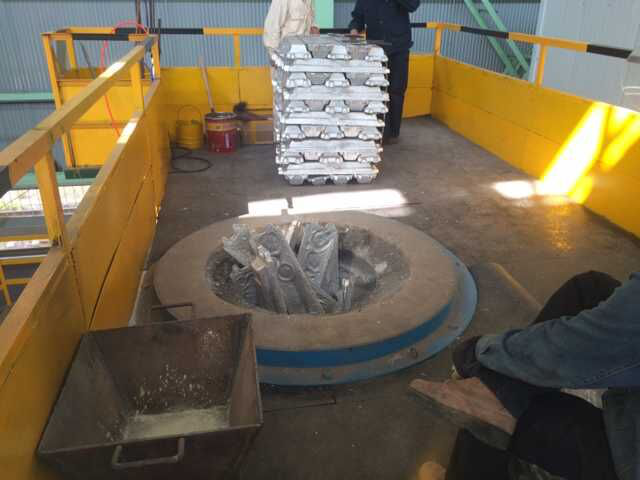
Aluminum melting furnace

Copper melting furnace
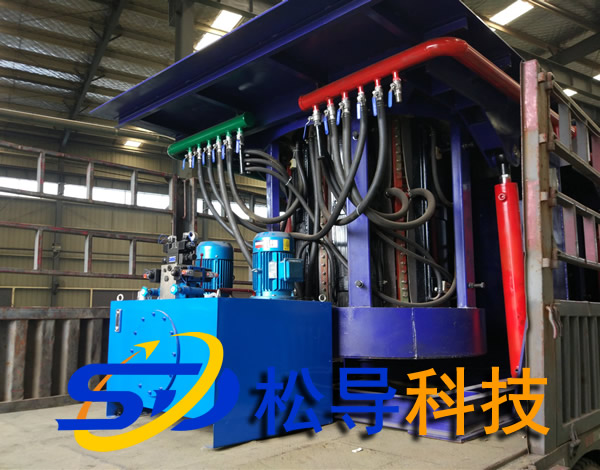
Small steel melting furnace
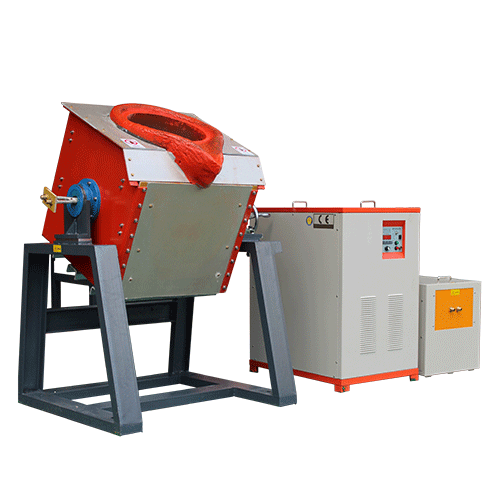
Small induction melting furnace
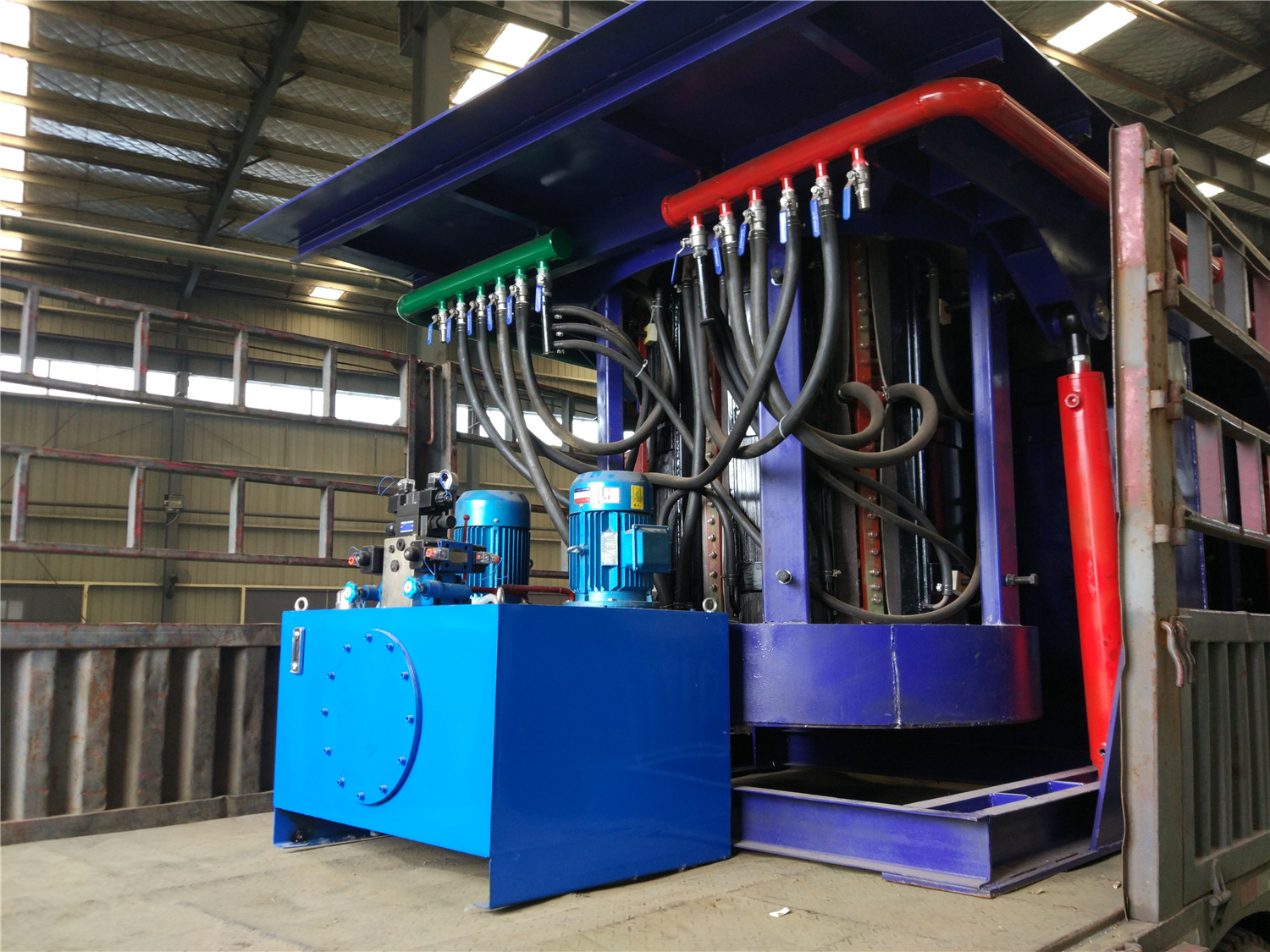
Induction iron furnace
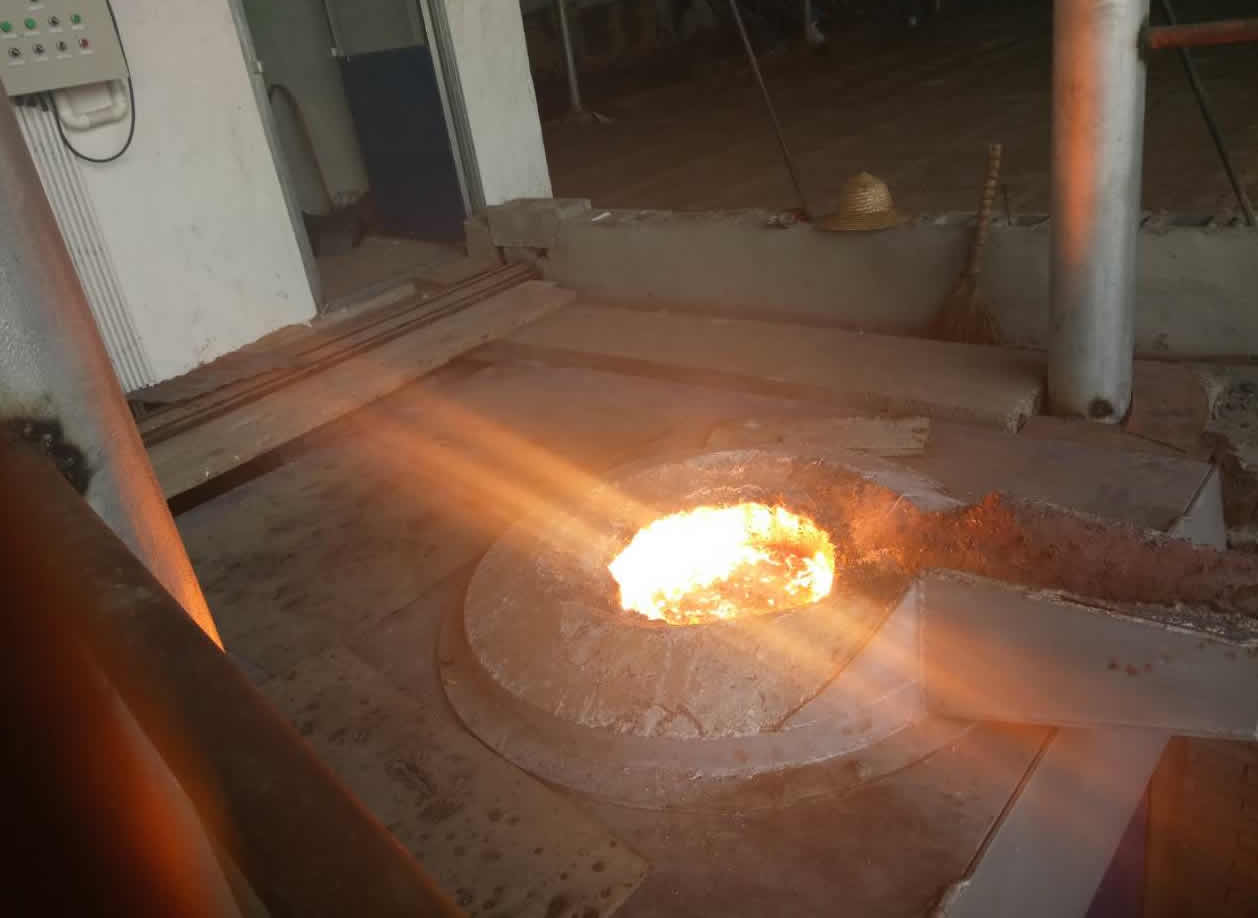
3T intermediate frequency iron melting f
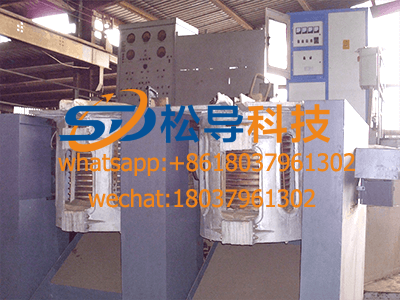
0.25T Intermediate Frequency Furnace
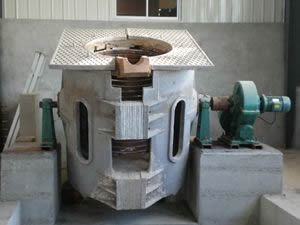
0.5T Intermediate Frequency Furnace
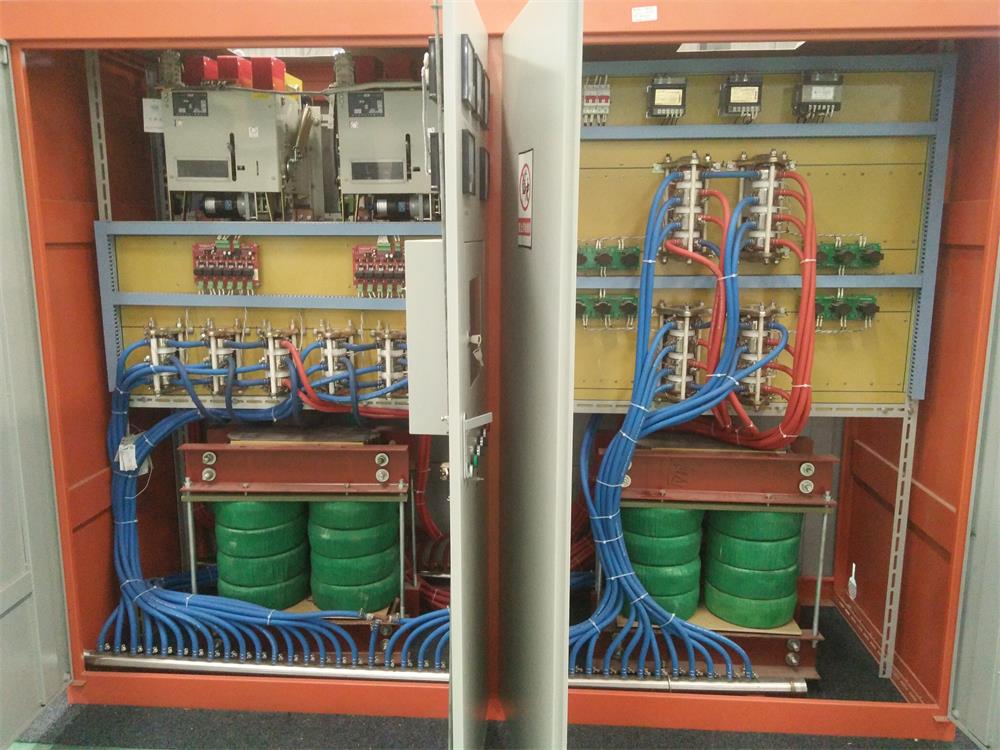
Medium Frequency Furnace

2T Induction Melting Furnace
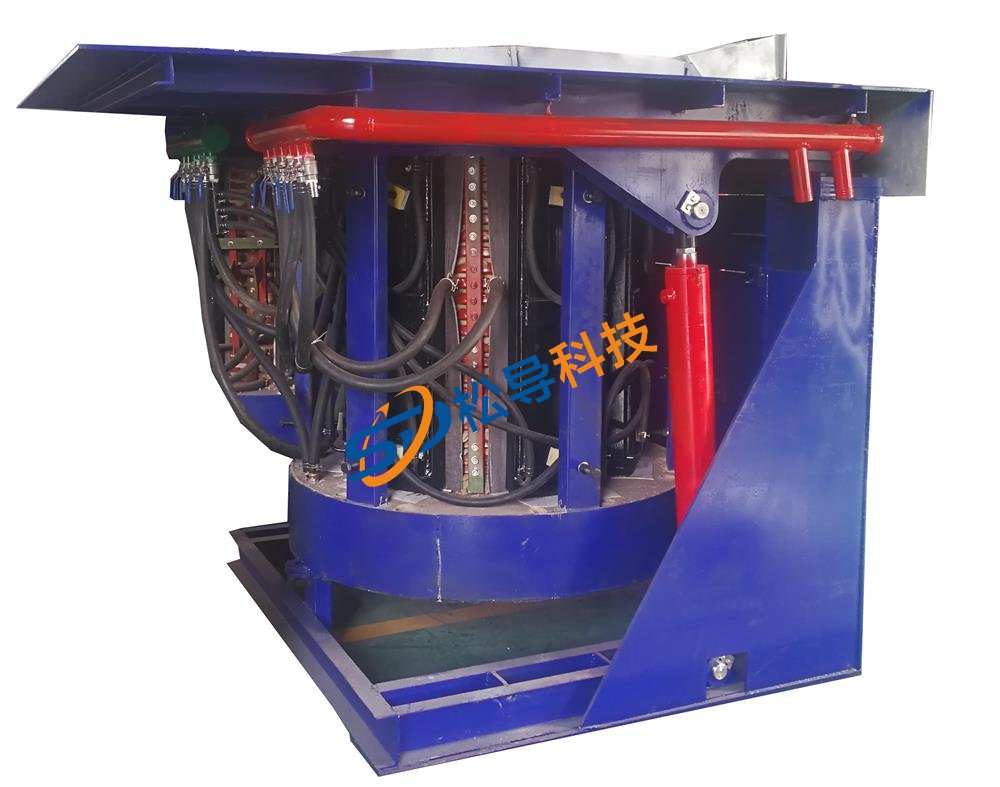
1T Induction Melting Furnace
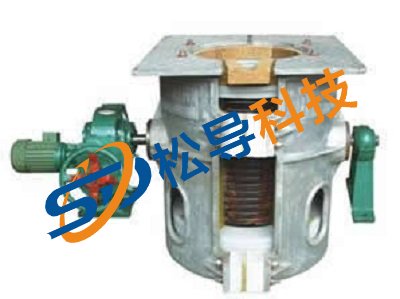
500kg Induction Melting Furnace
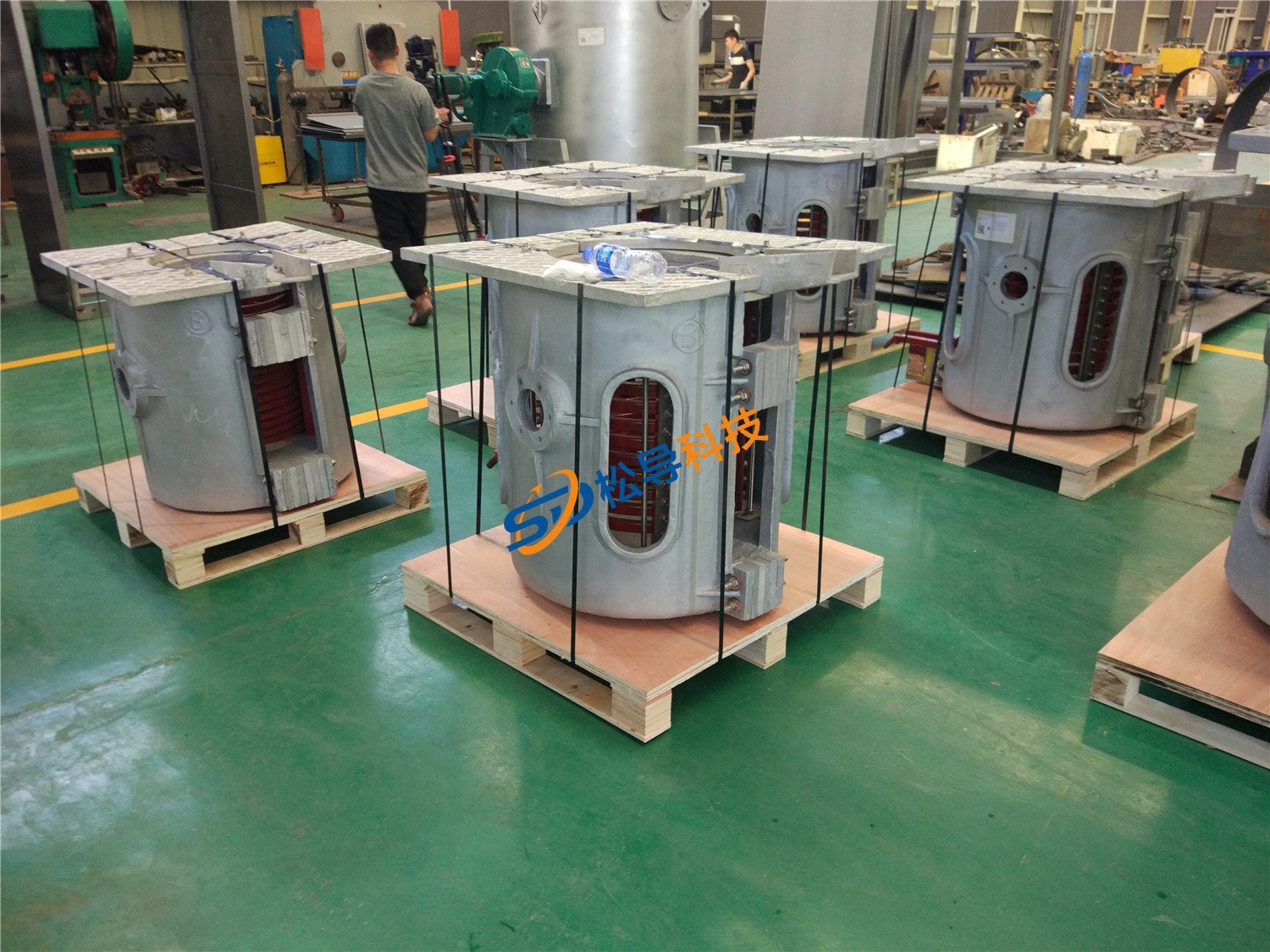
250kg Induction Melting Furnace
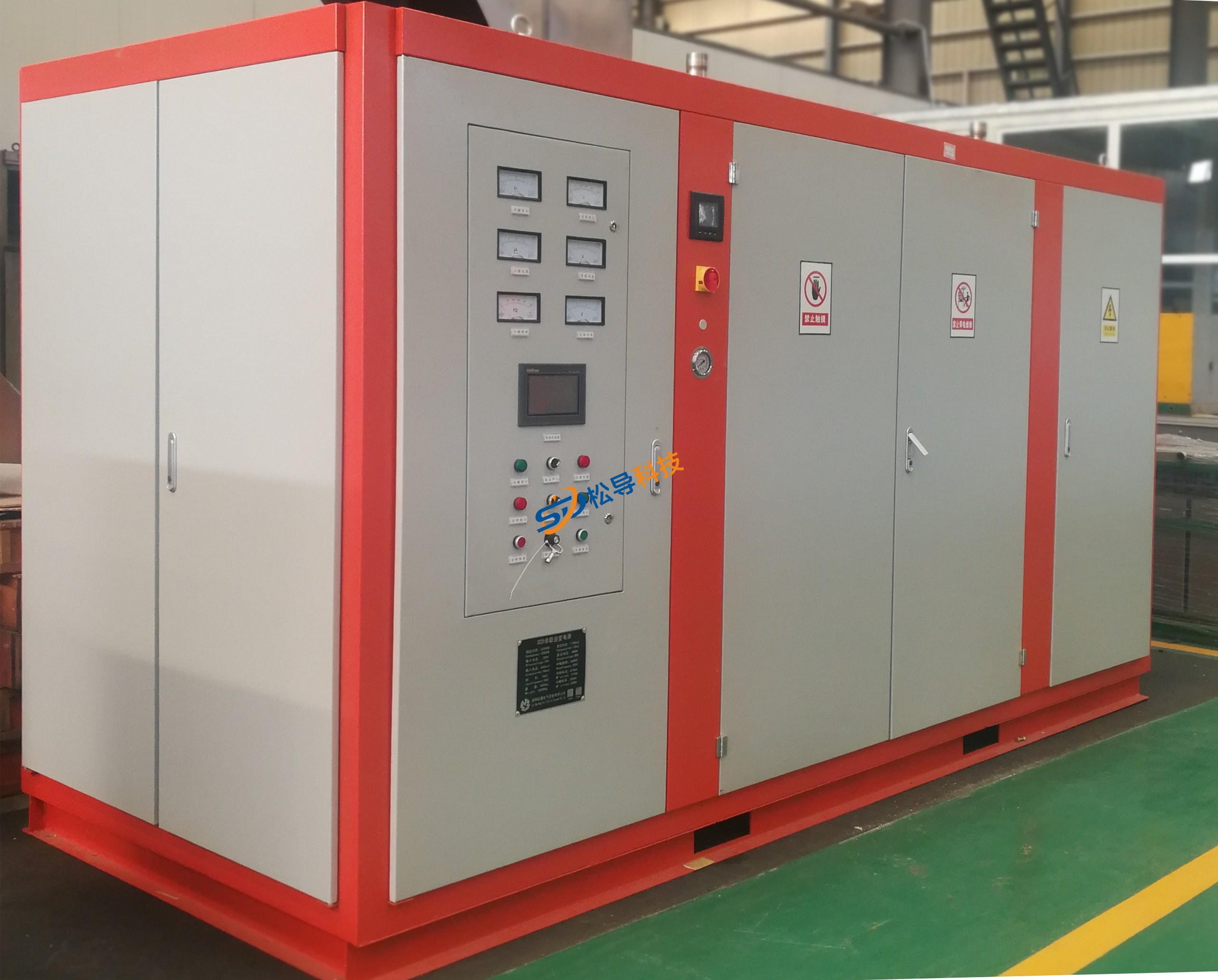
Induction Melting Furnace
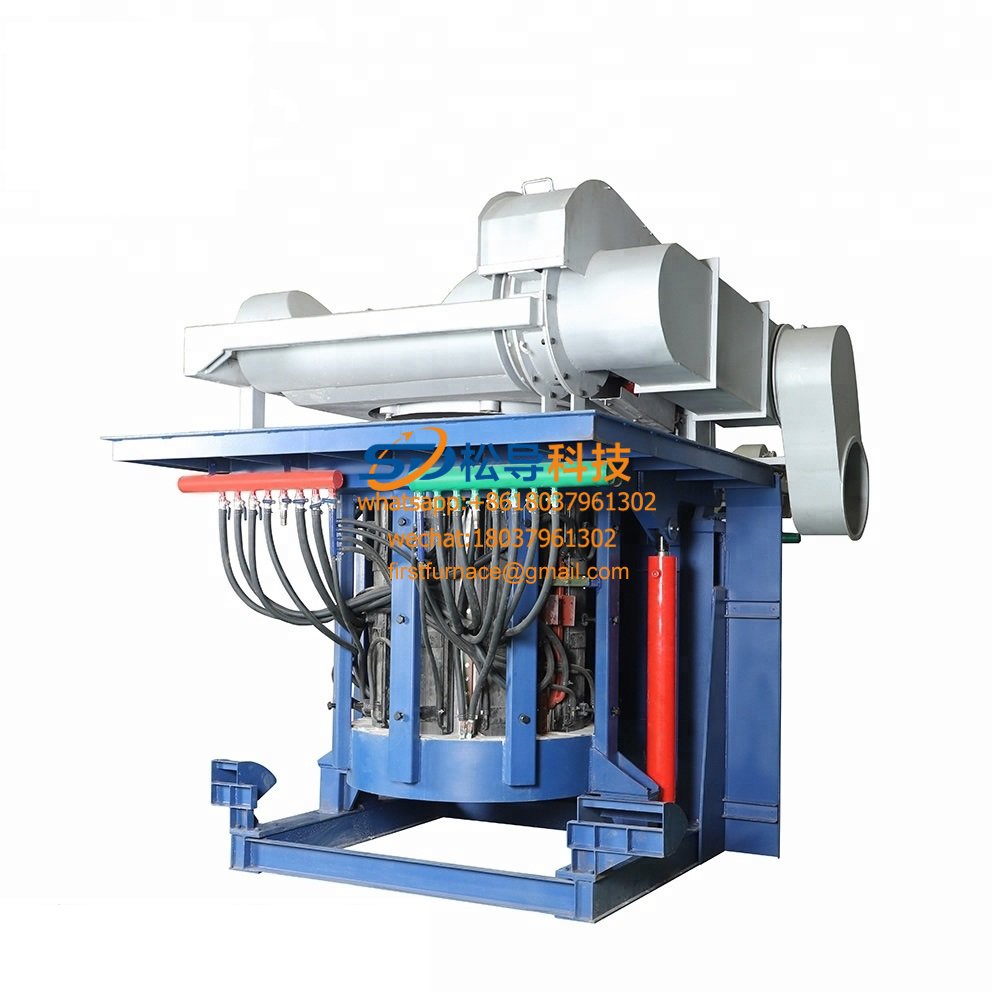
3 T Induction Melting Furnace
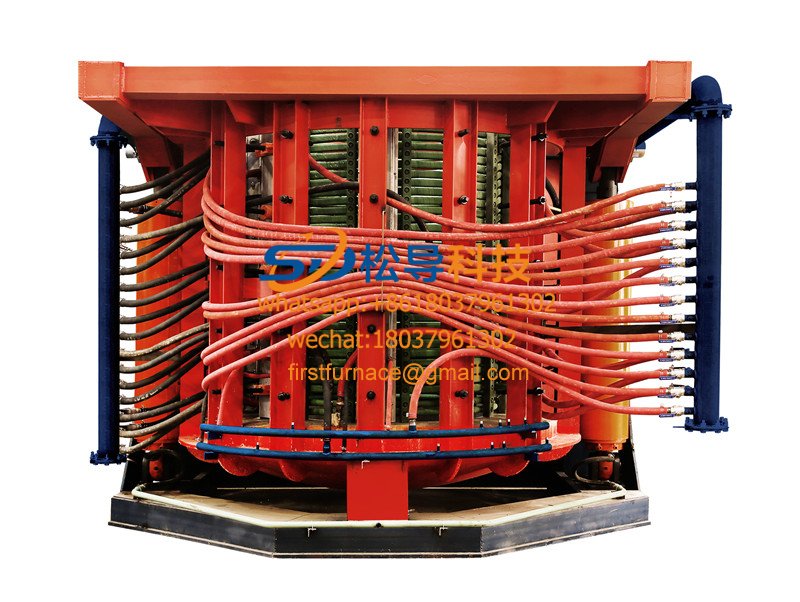
5T Induction Melting Furnace
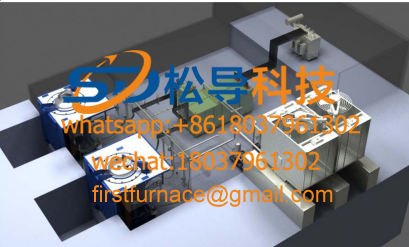
1T One Belt Two Intermediate Frequency F

5T One Belt Two Intermediate Frequency F
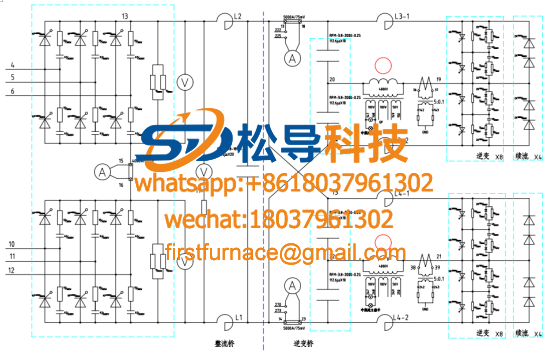
3T One Belt Two Intermediate Frequency F
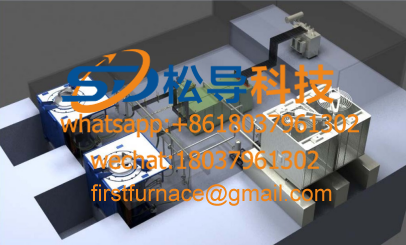
2T One Belt Two Intermediate Frequency F
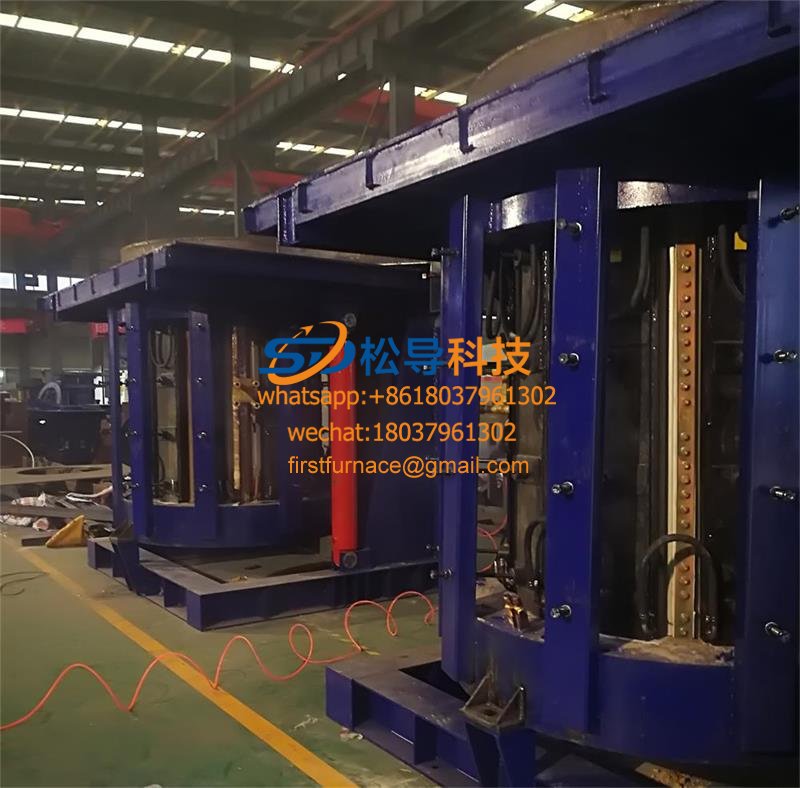
5T Parallel Intermediate Frequency Furna
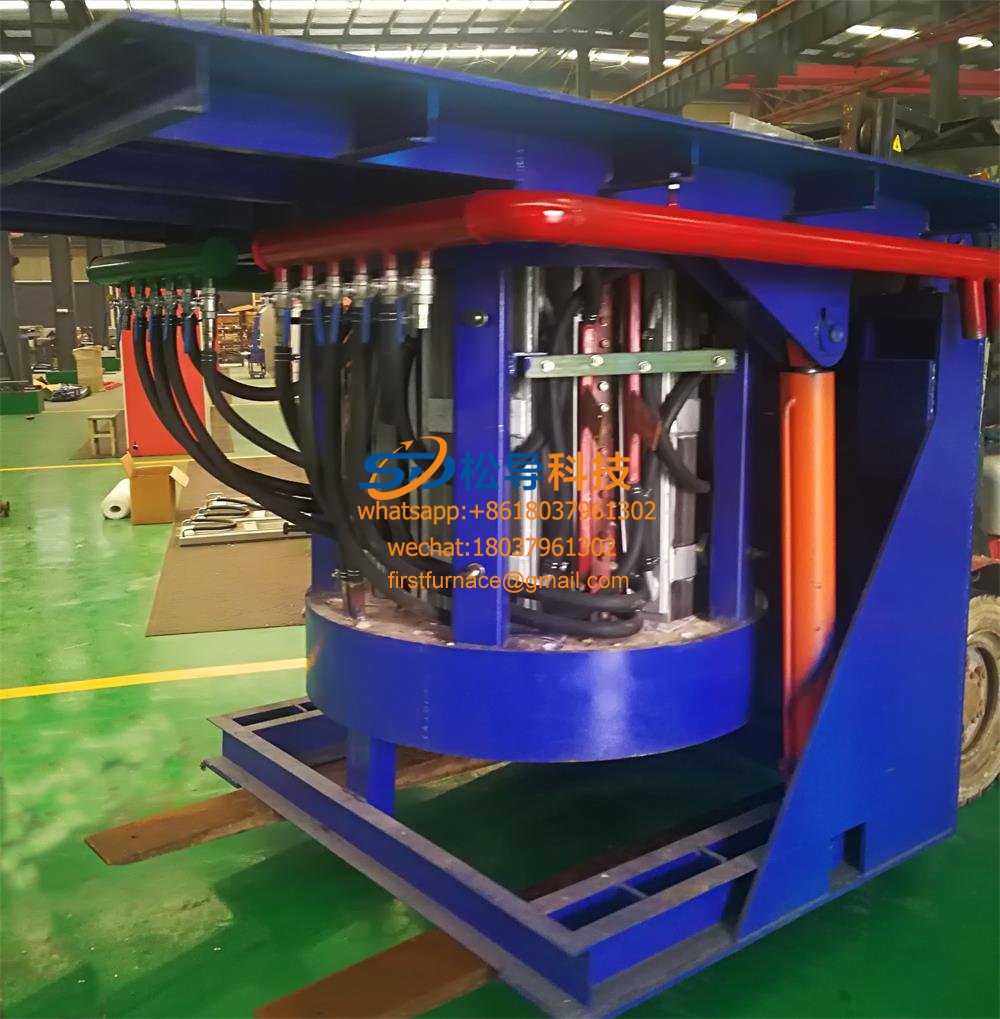
5T Intermediate Frequency Furnace

5T Series Intermediate Frequency Furnace
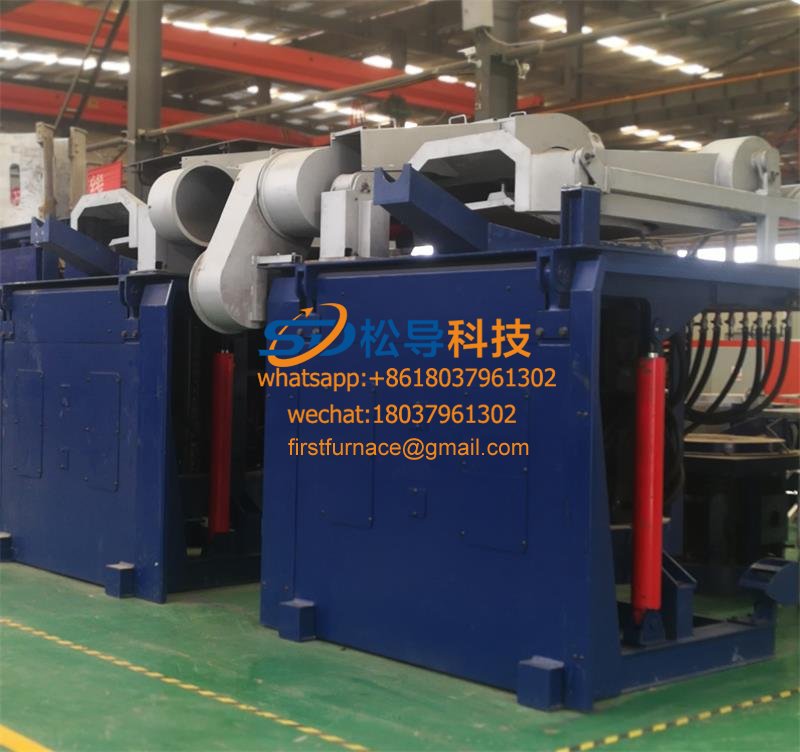
3T Series Intermediate Frequency Furnace
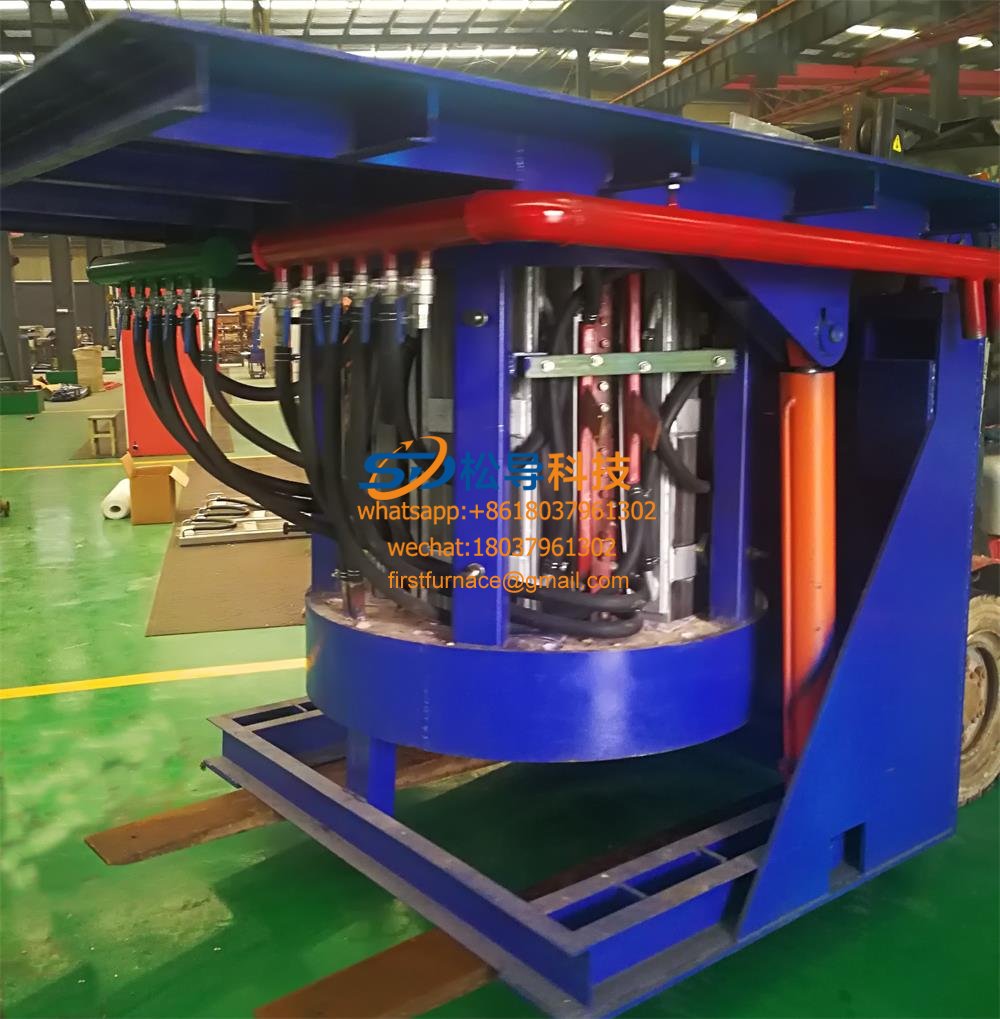
2T Series Intermediate Frequency Furnace
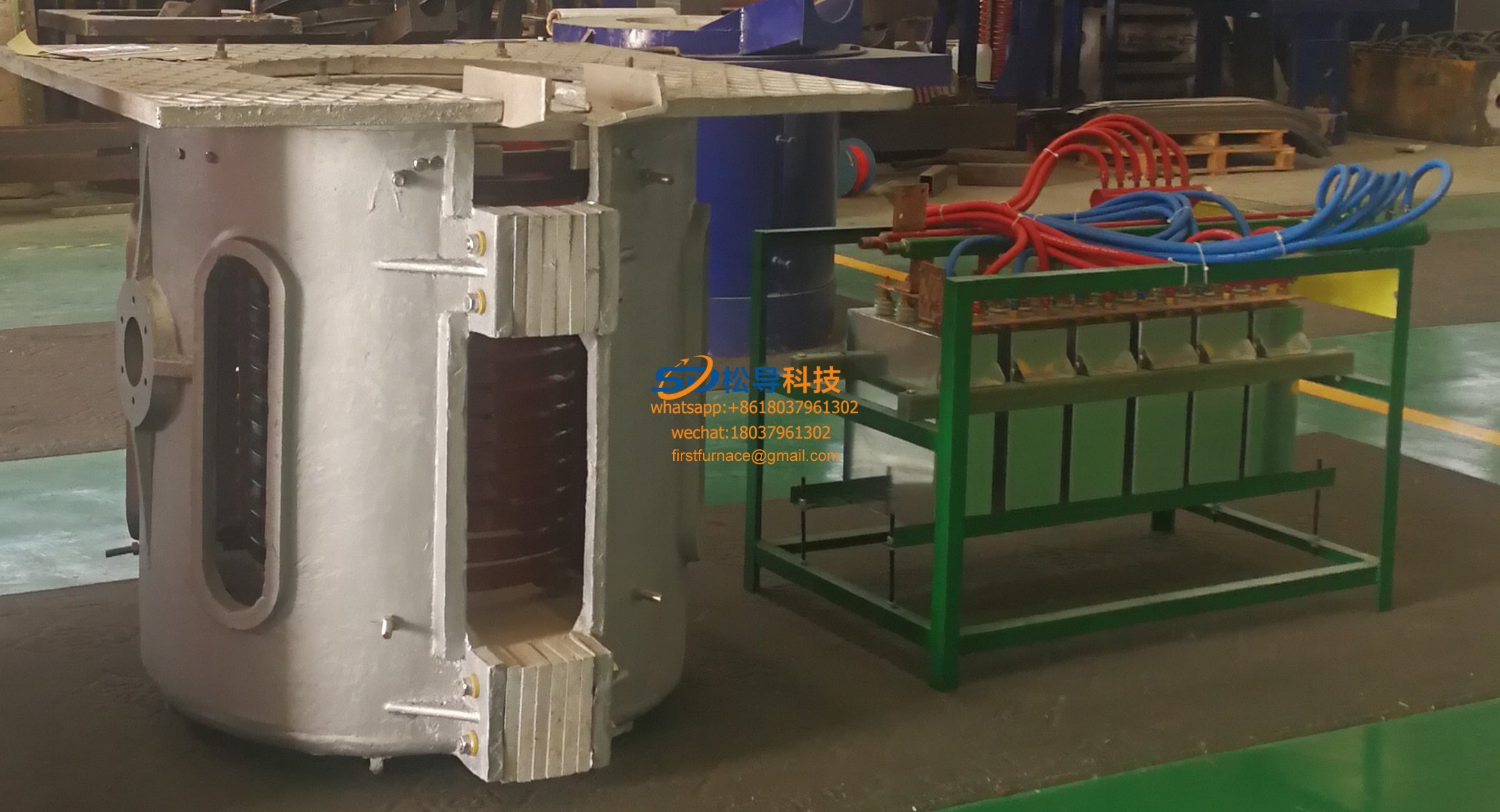
1T Series Intermediate Frequency Furnace
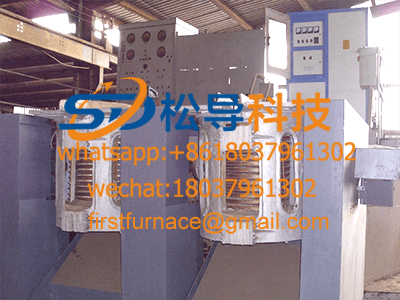
0.5T Series Intermediate Frequency Furna

0.25T Series Intermediate Frequency Furn

1T Parallel Intermediate Frequency Furna
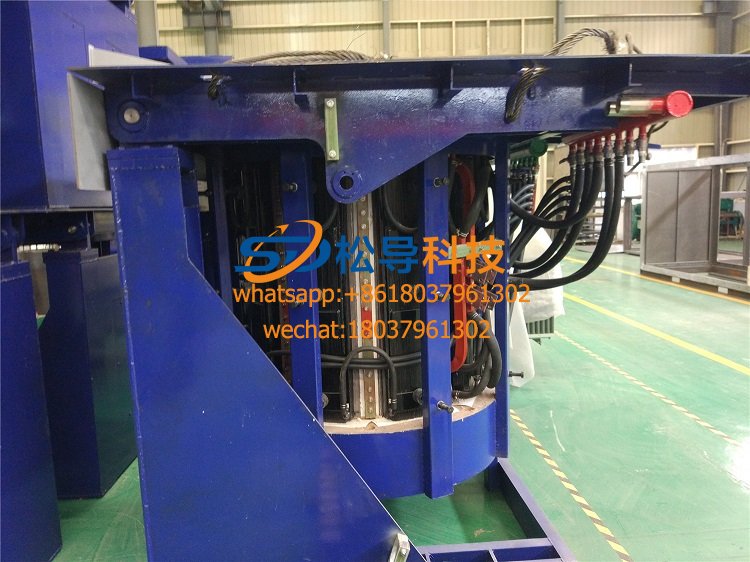
2T Parallel Intermediate Frequency Furna
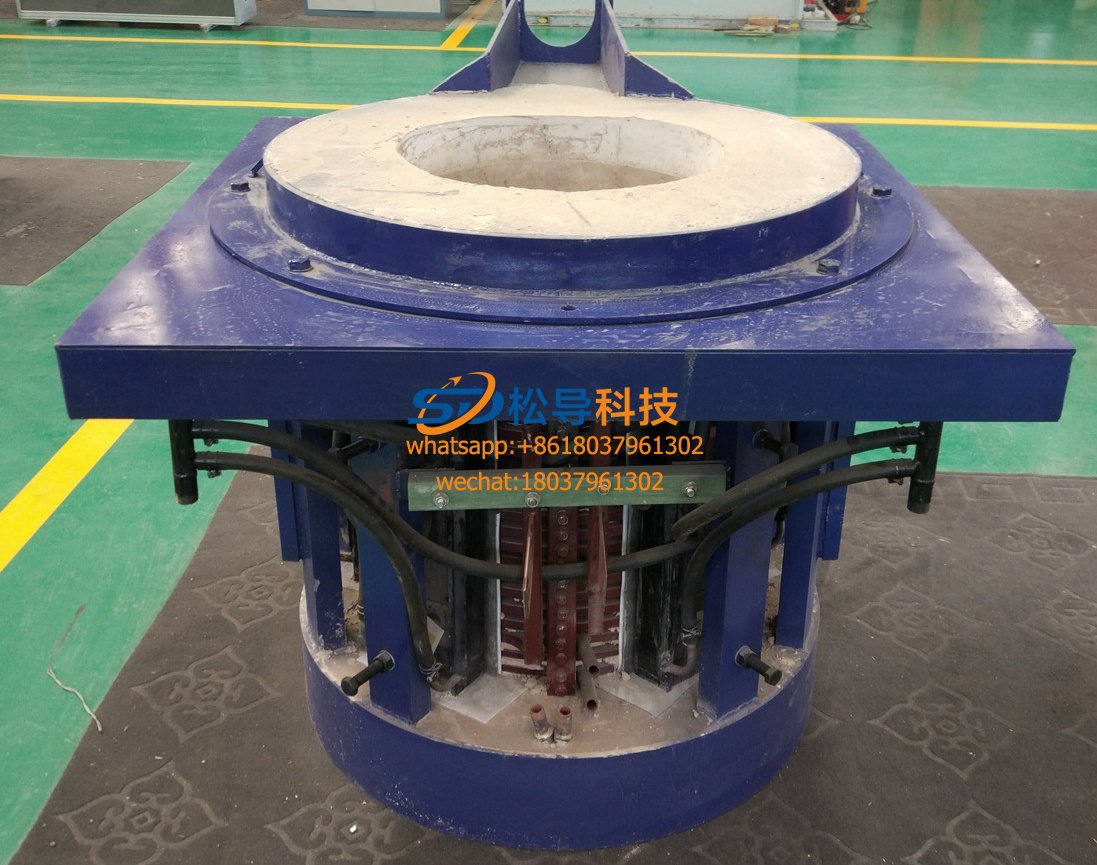
0.5T Parallel Intermediate Frequency Fur
Product Class






